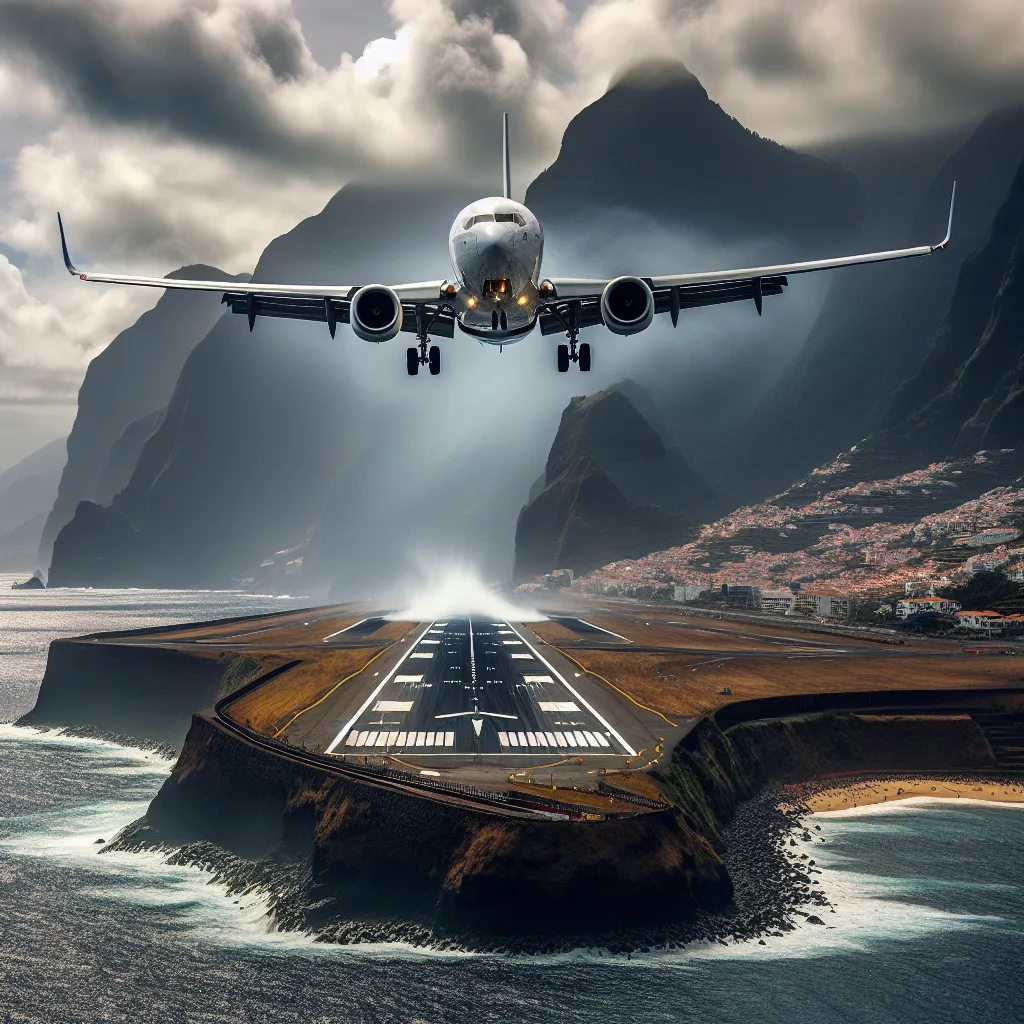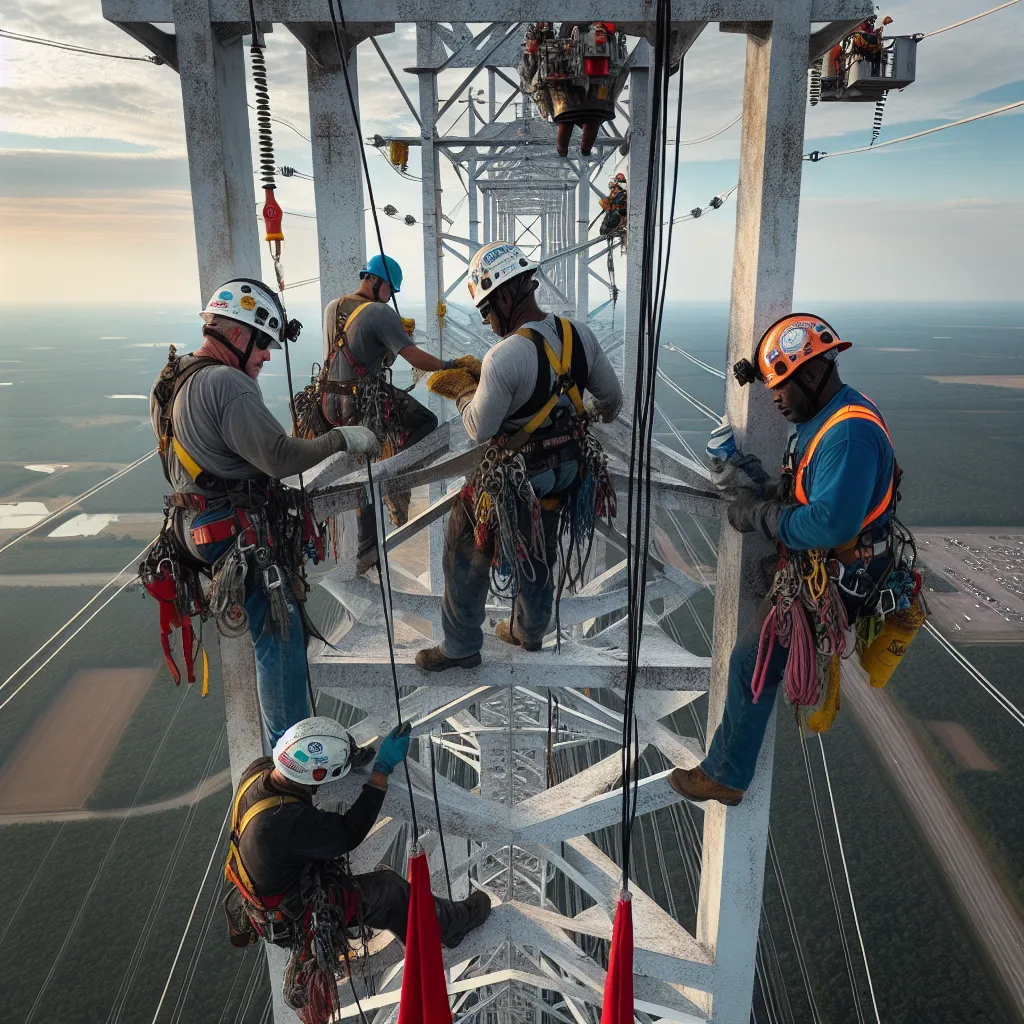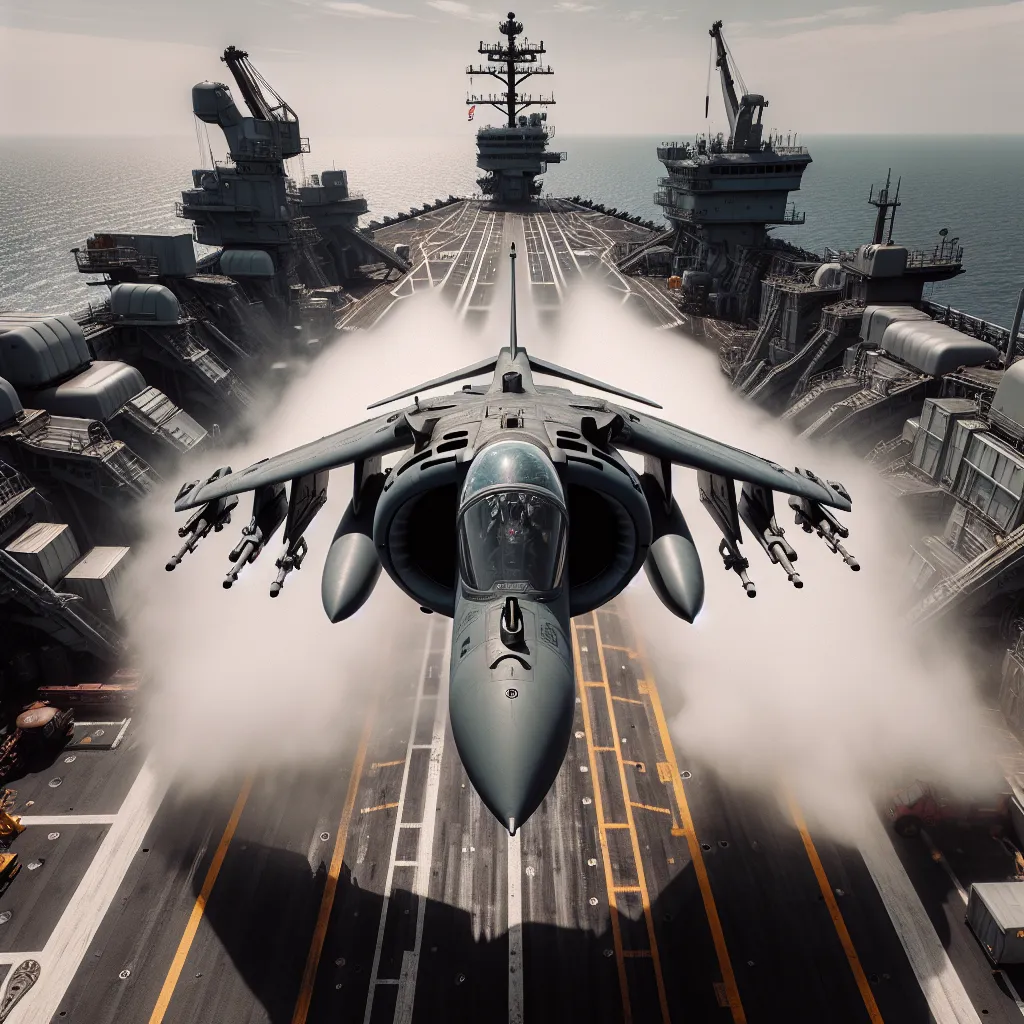Ever since Kaitak Airport in Hong Kong closed back in 1998, Funchal International on Madeira has taken the spotlight for having one of the most nerve-wracking landing experiences in the world. Nestled between towering mountains and the vast ocean, this airport faces some of the trickiest wind conditions one can imagine.
Typical runways are aligned with the prevailing wind, making landings smoother. In Funchal, however, the winds are unpredictable due to the surrounding mountains. It’s common for airfields to have just one runway, allowing landings from either end. But if the wind catches the plane from the side, pilots have to manage a crosswind, making the process much more challenging.
Pilots usually prefer landing into the wind to help slow the plane down. But in Funchal, they often find themselves battling fierce crosswinds. This tricky scenario is what gives Funchal its infamy. Like Lukla in Nepal, only specially trained pilots are allowed to make landings here.
Landing at Funchal is no ordinary feat. Pilots must align the plane with the runway even while the wind pushes from the side. Just before touching down, they have to kick the rudder to align the plane perfectly with the runway. The timing has to be spot on; doing it too early can cause the plane to veer off course.
For passengers, this approach can feel quite daunting as they bounce around in their seats, fully aware of the pilot’s struggle to land the plane smoothly. If things go awry, the only option for the pilot is to abort and try again—meaning they have to increase throttle, climb back up, and hope for better luck on the next attempt.
This demanding landing process is a true test of a pilot’s skill. Funchal, like Kaitak once was, and Lukla and Saint Martin currently are, requires precision flying at its best. Every successful landing at these airports is a clear testament to the remarkable abilities of the pilots.






